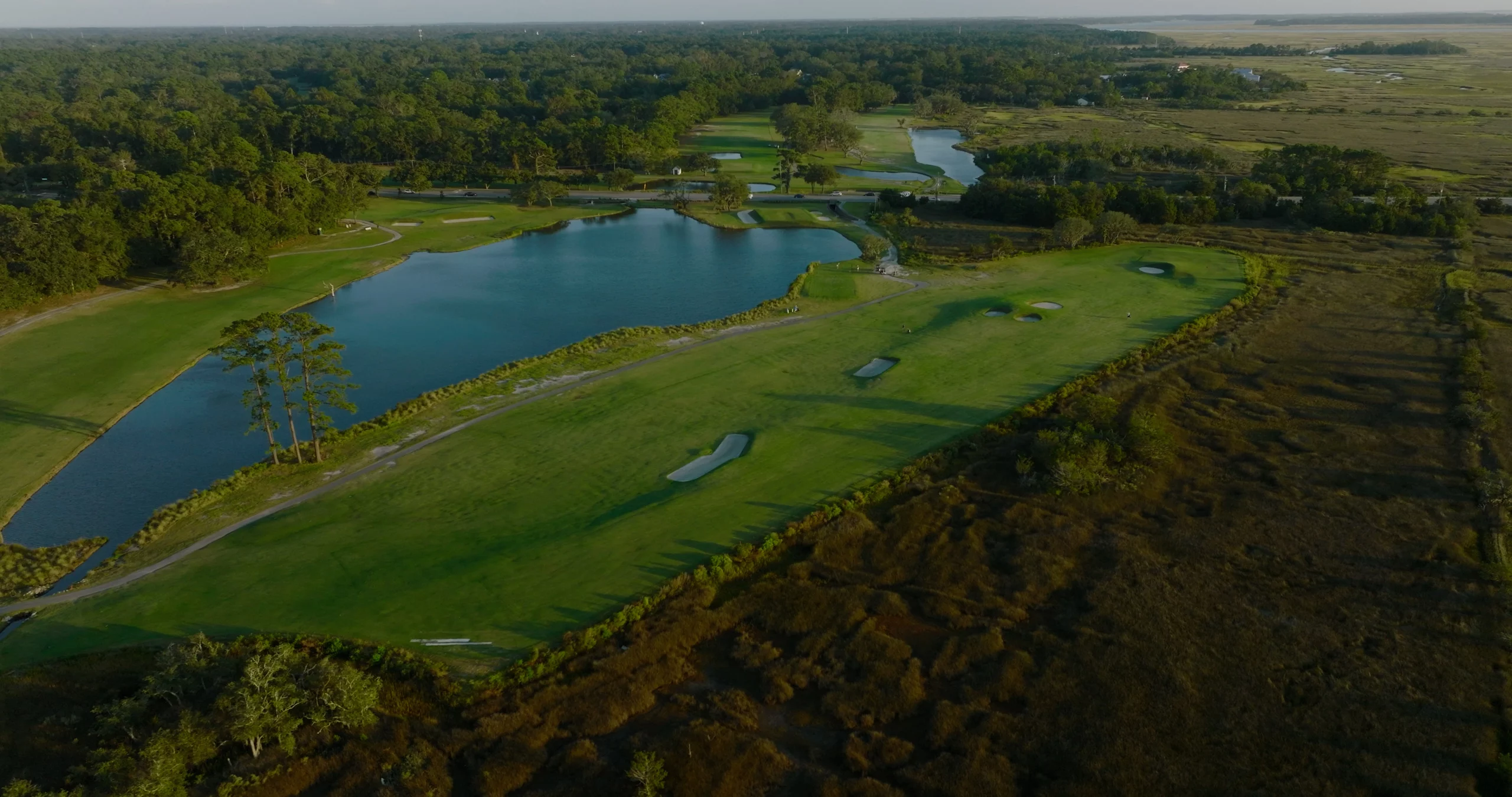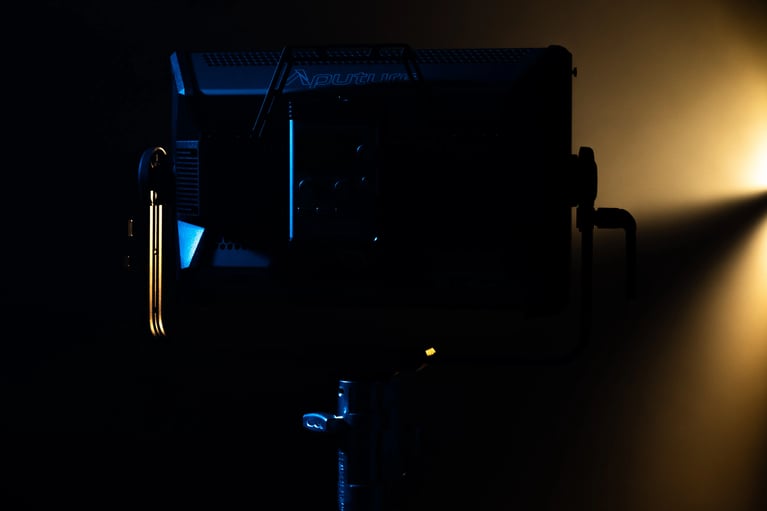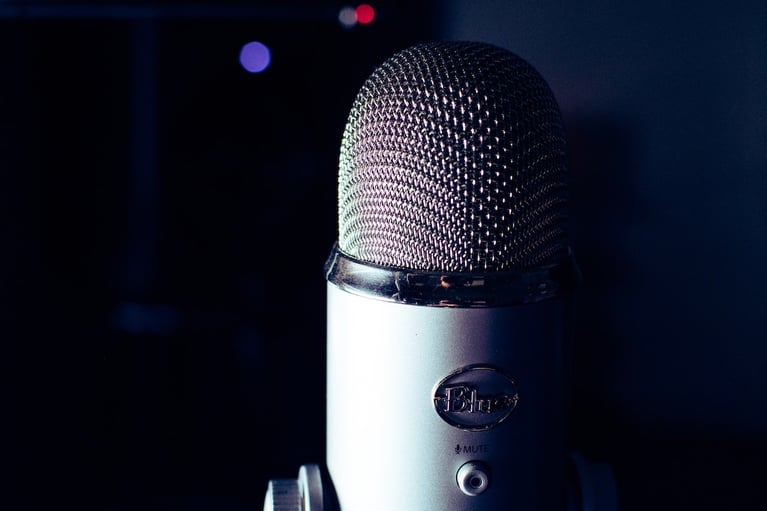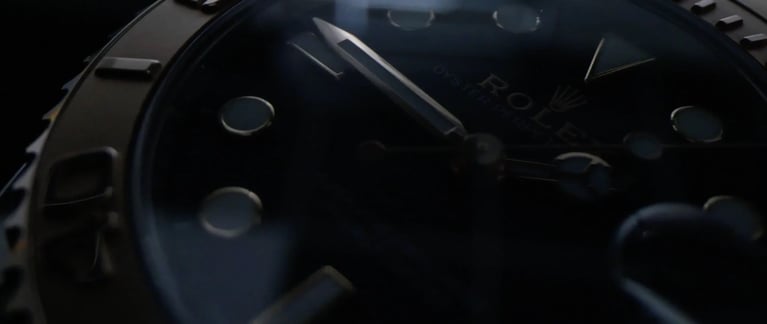With the skies as their canvas, drone cinematographers have scaled new heights in visual storytelling. The integration of drones in filmmaking has not just disrupted traditional practices but also opened up realms of creativity that were once the domain of high-budget productions. As the technology becomes more accessible, many are turning their passion for drones into a profession or a source of stunning images. This comprehensive guide explores the art of drone cinematography and how to master this exhilarating form of aerial photography.
The Rising Popularity of Drone Cinematography
In recent years, the global fascination with drones and their capabilities has blossomed. Drones are no longer just toys for the tech-savvy; they've become an integral tool in the skill set of visual content creators around the world. The rise of social media platforms that prioritize visual content has been a significant catalyst for this surge, pushing not just consumers but also brands and filmmakers to demand more spectacular visual experiences.
What was once a niche field has grown into a thriving industry, with dedicated forums, courses, competitions, and even drone film festivals cropping up to celebrate the art. This democratization of aerial photography and videography is empowering a new generation of creators to share their unique perspectives from above.
Also Read - Establishing Shot in Video Production
Benefits of Drone Cinematography
Unique Perspectives and Angles
Before drones, capturing aerial shots required helicopters, expensive equipment, and a specialist crew. Now, a single operator with the right drone can achieve the same, if not better, results. A drone's eye view not only provides an overview of a scene but also a different perspective that can evoke emotions and add depth to the narrative.
Accessibility and Affordability
One of the most significant advantages of using a drone for cinematography is the reduced cost. Drones are much more affordable to operate compared to traditional methods, and their compact size means that they can be deployed quickly, even in areas where traditional aircraft wouldn't be permitted.
Versatility in Various Industries
Drones are not just for filmmakers. They have versatile applications in a wide variety of industries, including real estate, tourism, agriculture, and environmental monitoring. They provide data visualization and insights that are not possible from the ground.
Techniques for Stunning Aerial Shots
To create truly captivating footage, it's important to understand the key techniques involved in drone cinematography.
Composition and Framing
The basic principles of composition remain critical when shooting from the air. The rule of thirds, leading lines, and framing are as applicable to drone shots as they are to traditional photography. Take time to frame your shots, considering the foreground, mid-ground, and background, which can create a sense of depth and scale.
Motion and Tracking Shots
The ability to move through the air is where drones truly shine. Experiment with different types of movements, such as tracking shots that follow a subject, or reveal shots where the drone flies away to show the wider context of a scene.
Utilizing Different Camera Settings
Adjusting camera settings can greatly enhance the quality of your footage. Learn how to control exposure, ISO, shutter speed, and frame rate to achieve the desired effect. Fast-shutter speeds can be great for a sharp, detailed image, while slower shutter speeds can result in smoother motion blur during the capture of video.
Tips for Successful Drone Filming
Once you have a good grasp of the techniques, it's time to consider the practicalities of successful drone filming.
Planning and Scouting Locations
Thoroughly scout your shooting location in advance. Use map planning tools to identify points of interest and potential obstacles. Obtain any necessary permits or clearances, especially when filming in urban or protected areas.
Weather Conditions and Time of Day
The weather plays a crucial role in determining the quality and safety of your aerial shots. Avoid shooting in high winds, rain, or stormy conditions which can damage your equipment or compromise the safety of your flight. The golden hour—shortly after sunrise or before sunset—provides a soft, warm light that can add a magical quality to your footage.
Editing and Post-Processing Techniques
Good post-processing can transform your raw footage into a professional-looking video. Learn the basics of color grading to enhance the mood of your shots. Additionally, stabilization tools can help smoothen out any shaky or jerky movements, making your footage more pleasant to watch.
Conclusion
Drone cinematography is an exciting and rapidly evolving field. As technology continues to improve, we can expect even more spectacular feats to be achieved with these aerial devices. Whether you're a filmmaker looking to add a new dimension to your videos or a hobbyist content creator, the key to success lies in mastering the art and the craft of shooting from the skies. With practice, creativity, and a respect for safety and regulations, the possibilities are endless for capturing beautiful, unique, and awe-inspiring aerial shots.














